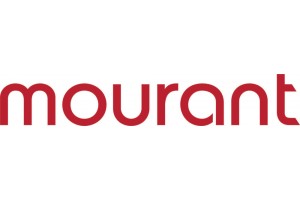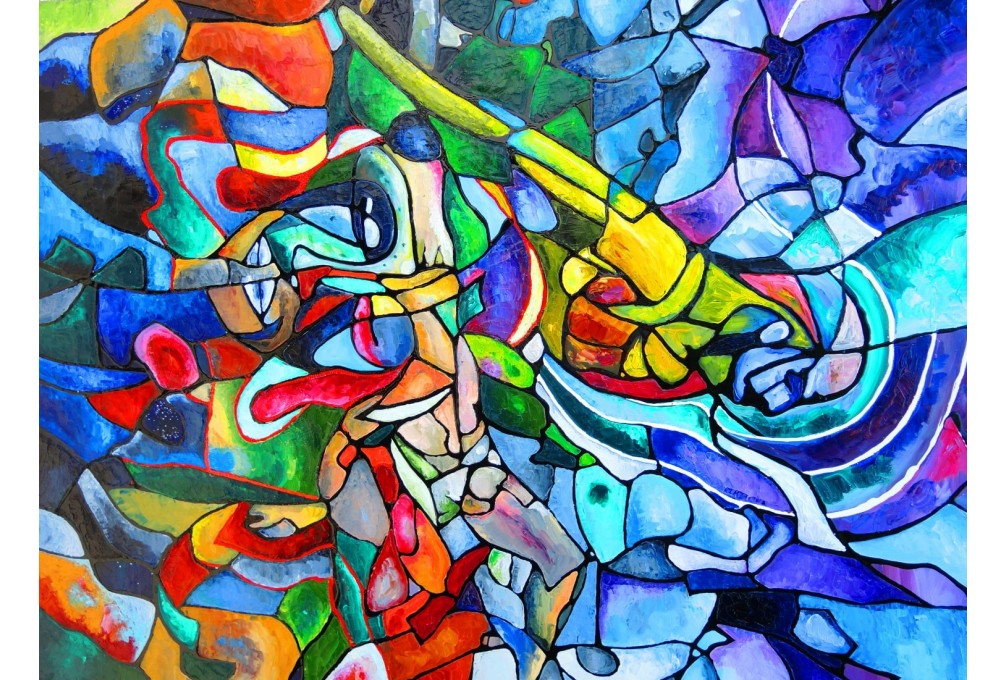
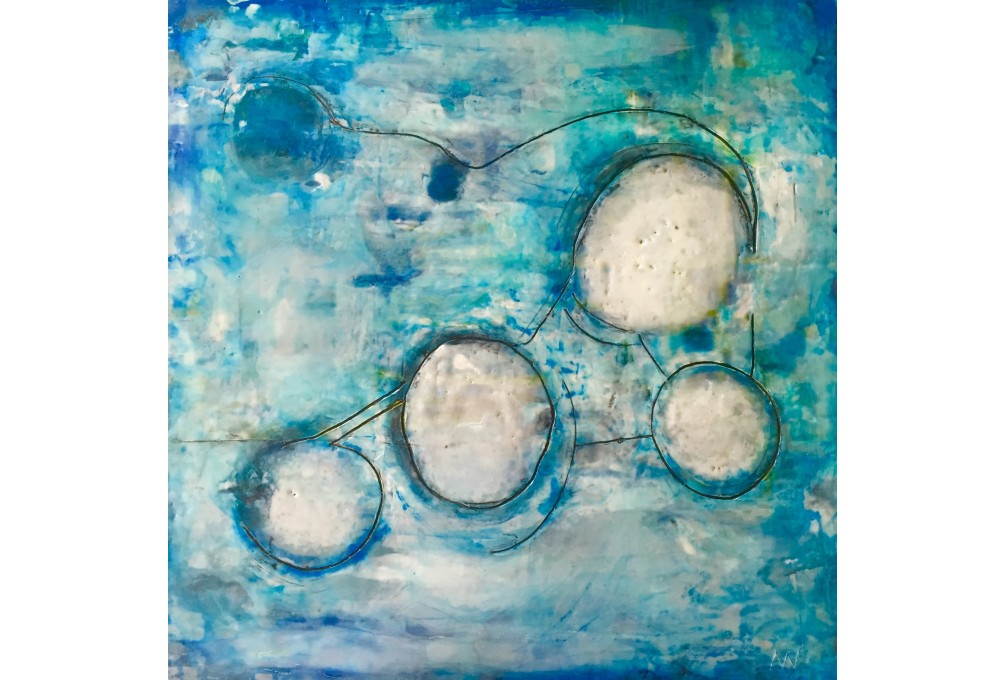
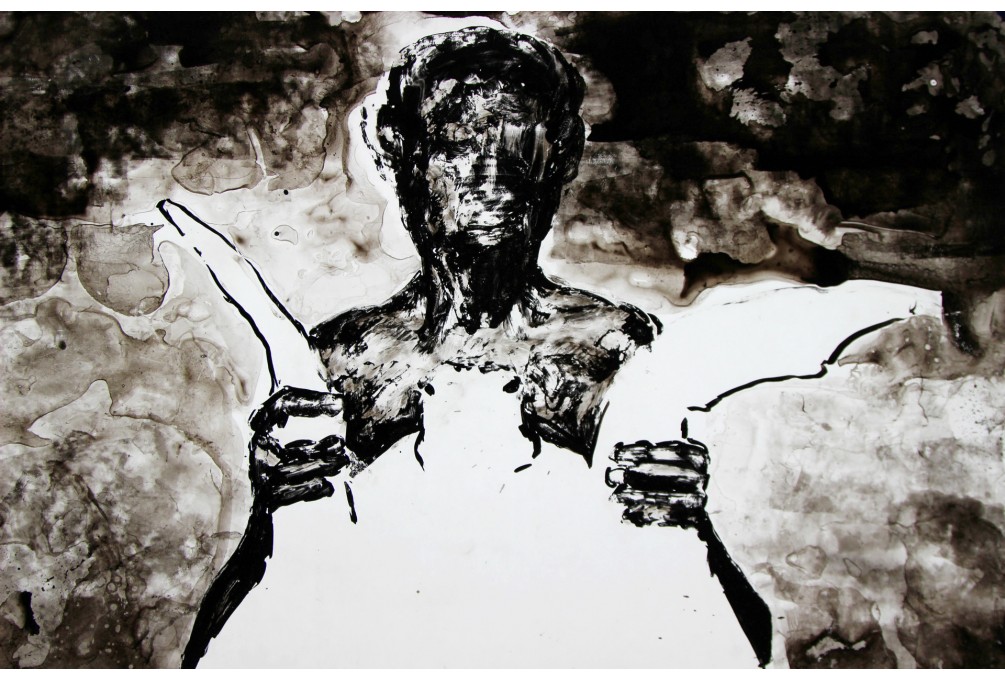
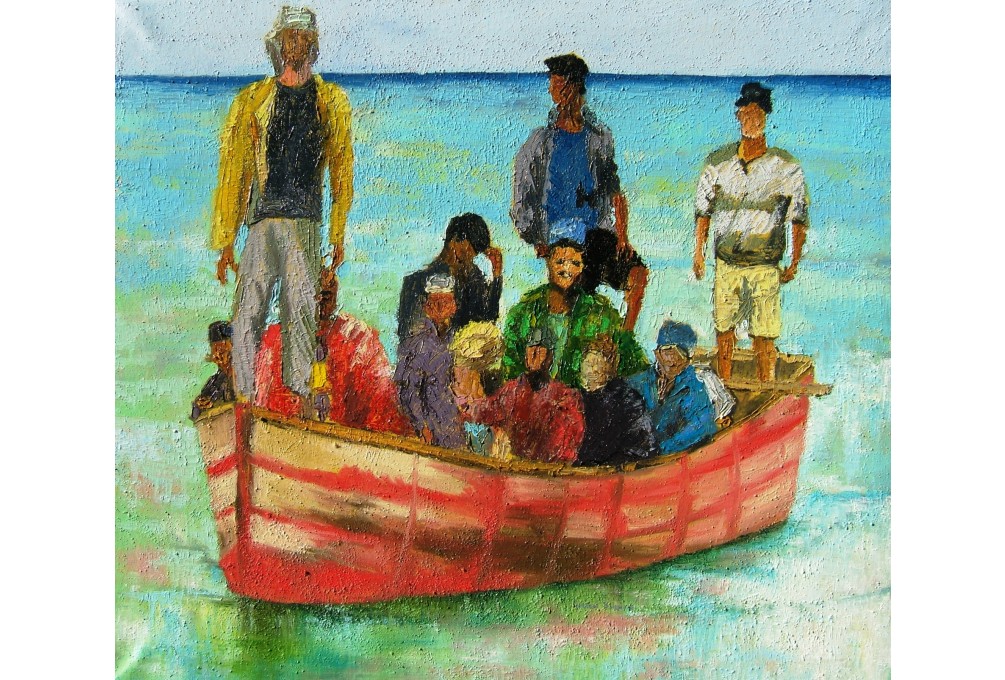
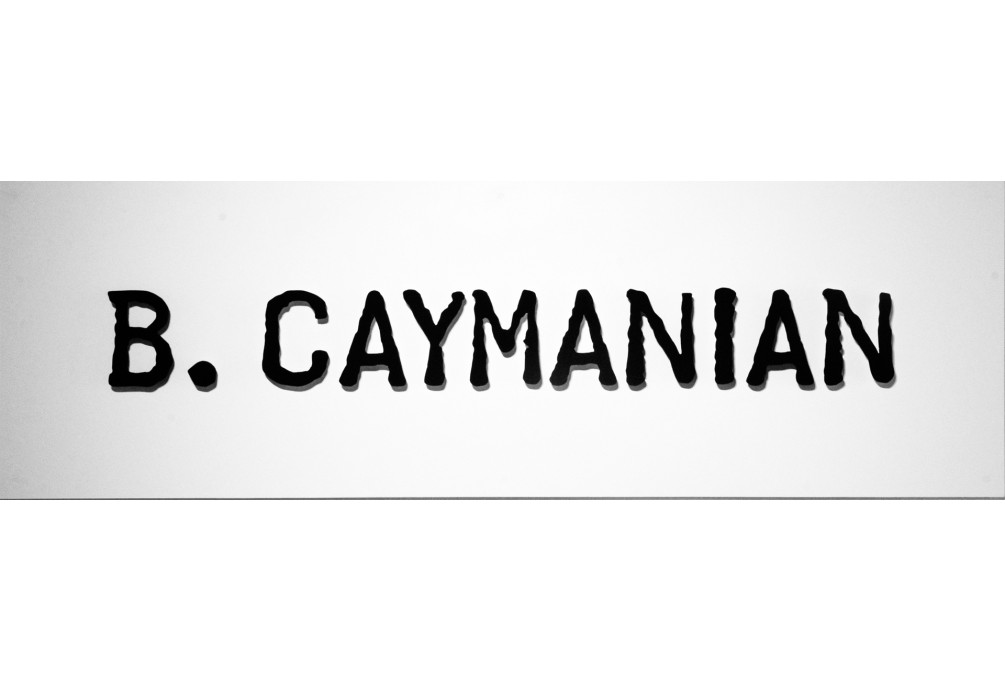
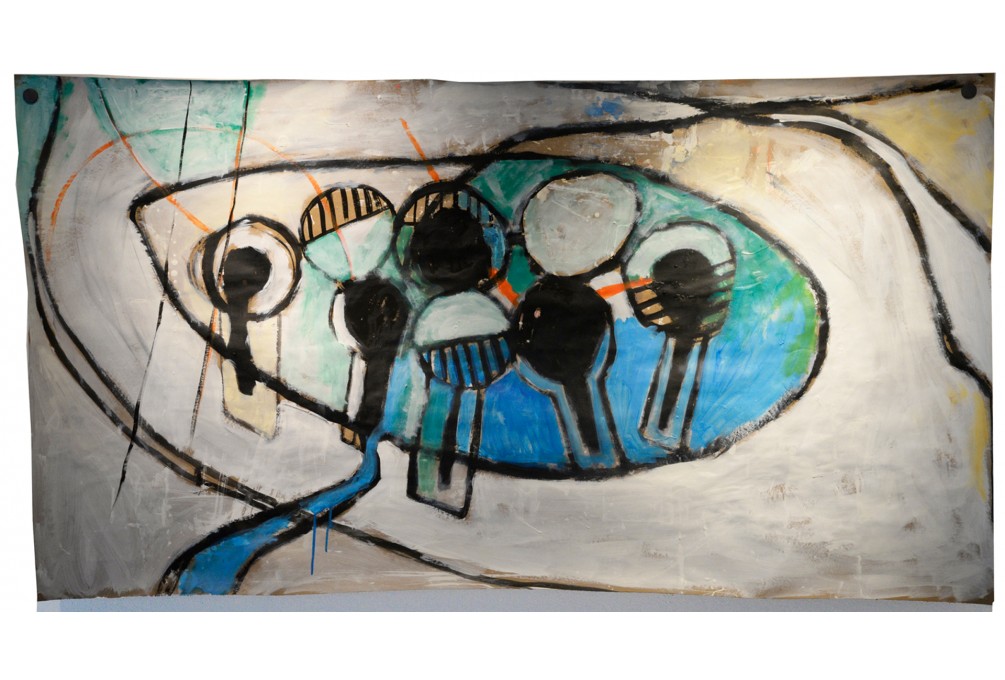
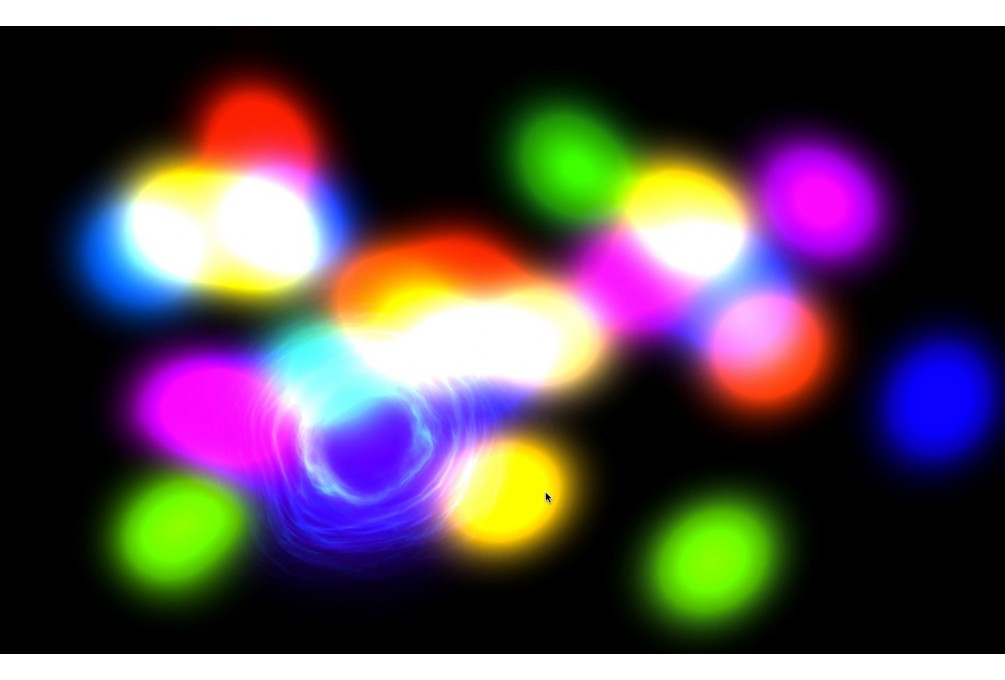
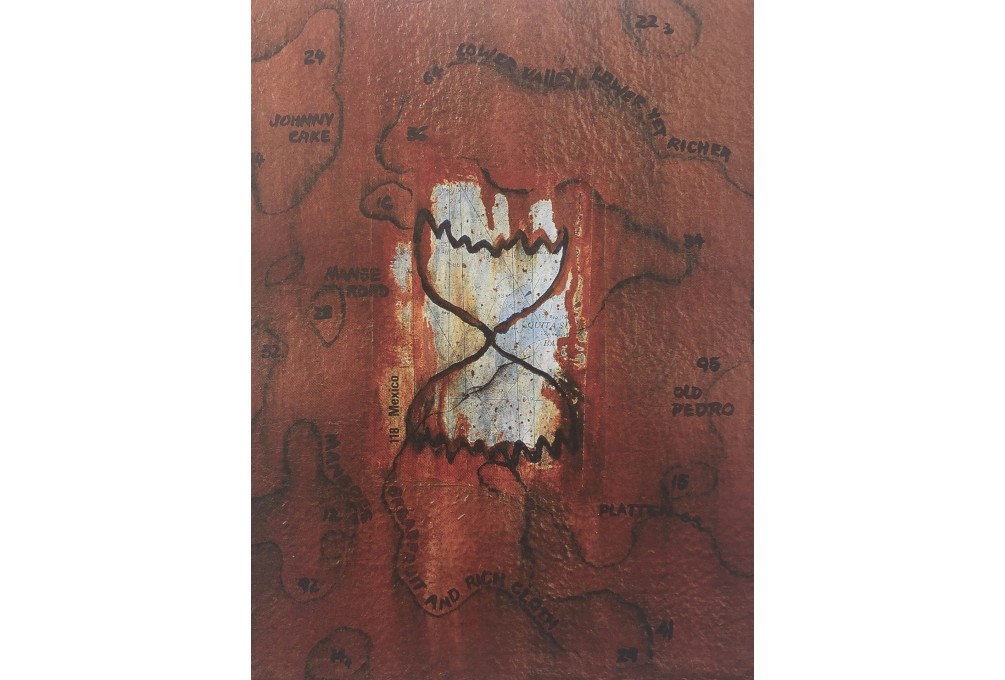
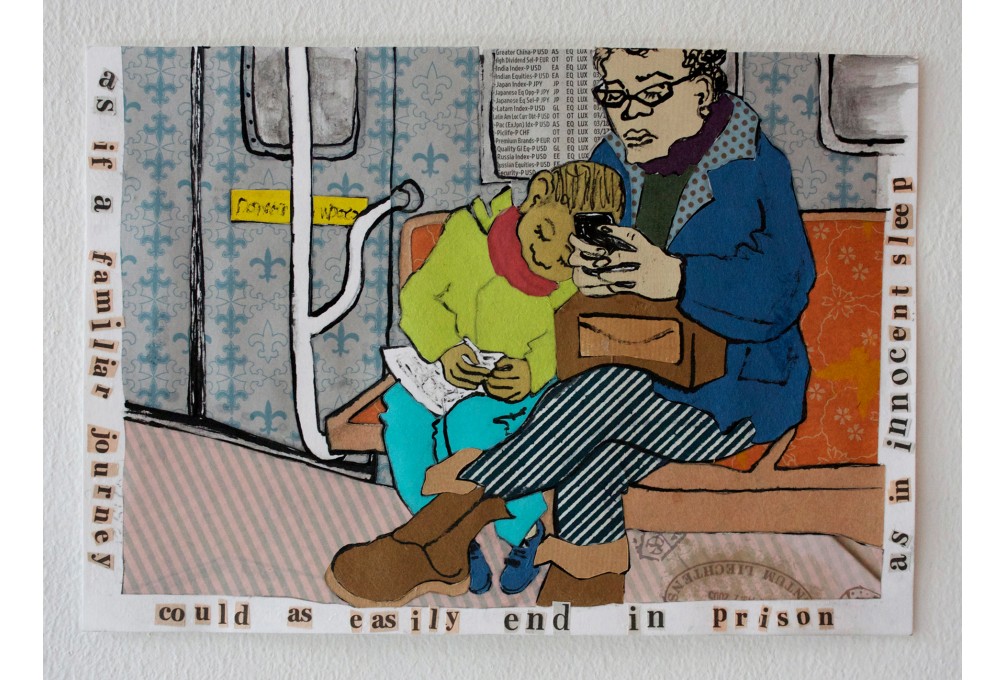
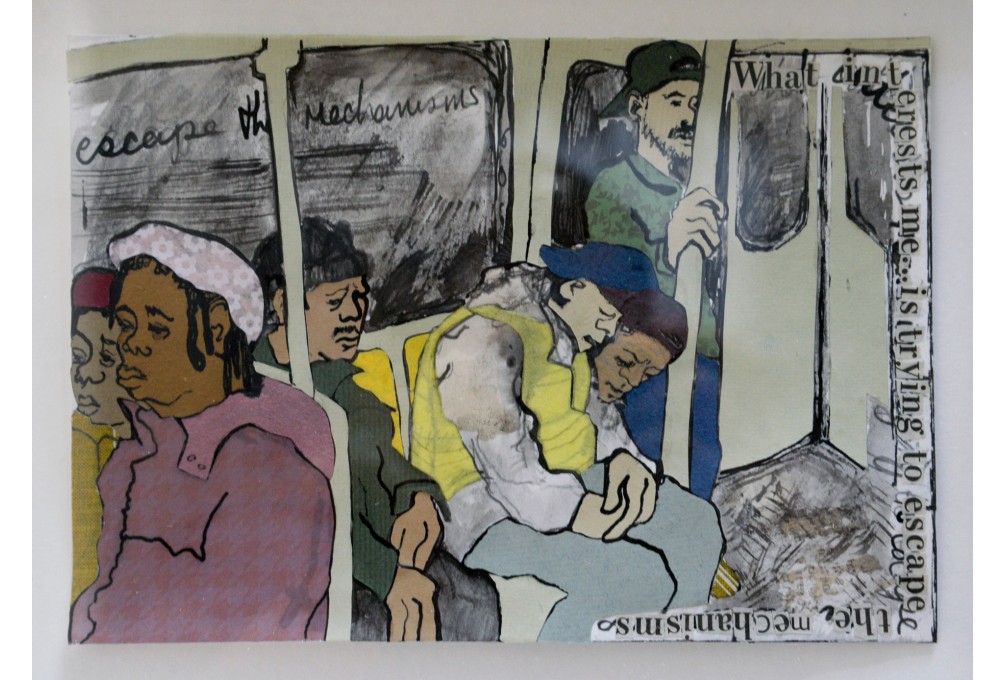
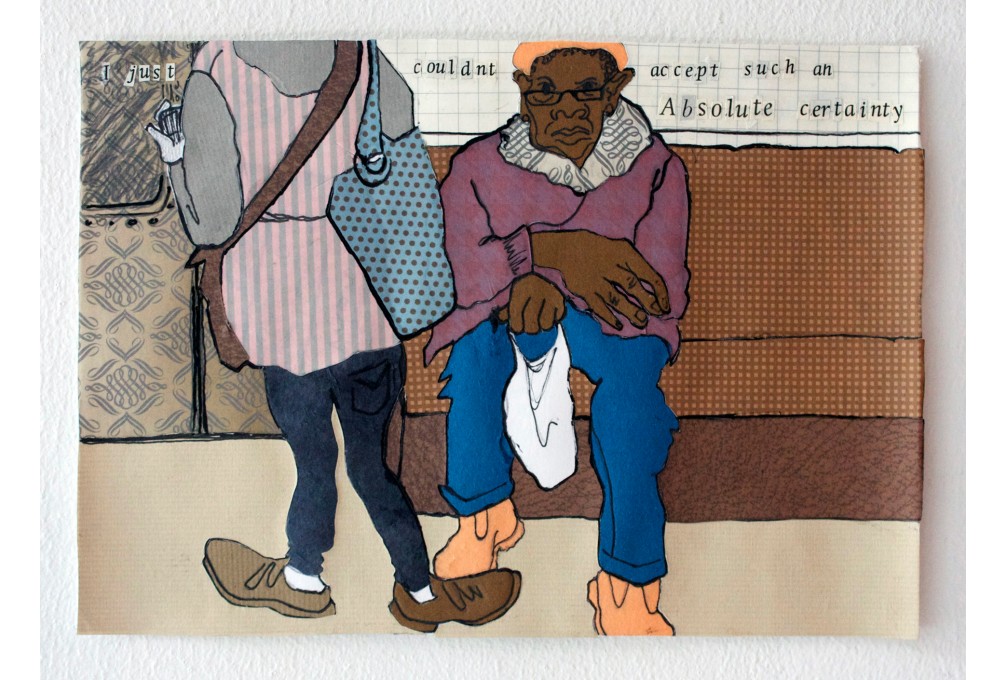
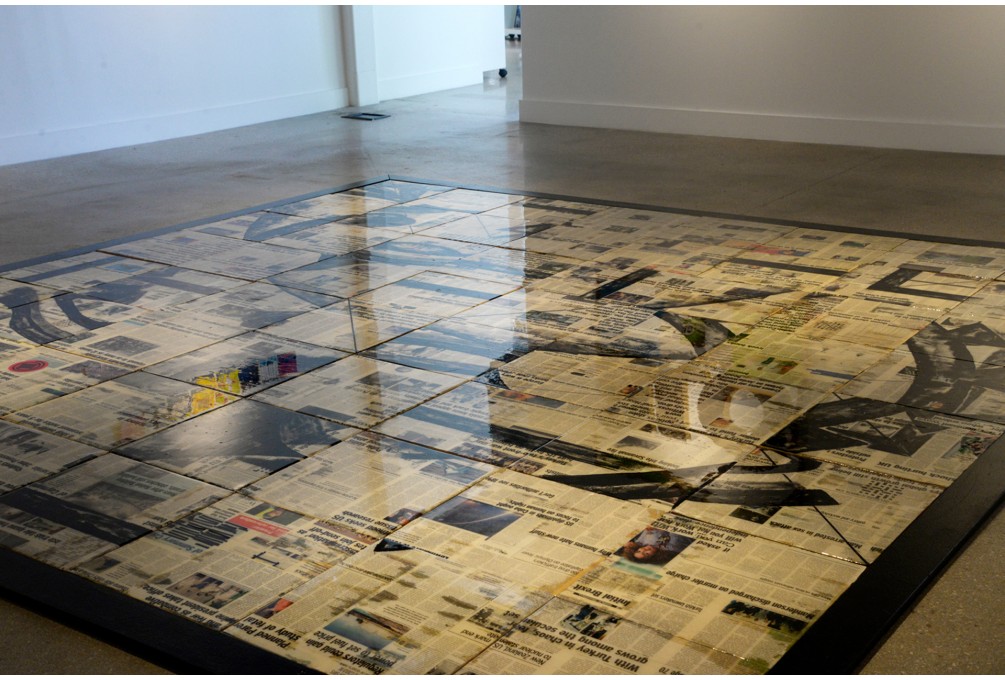
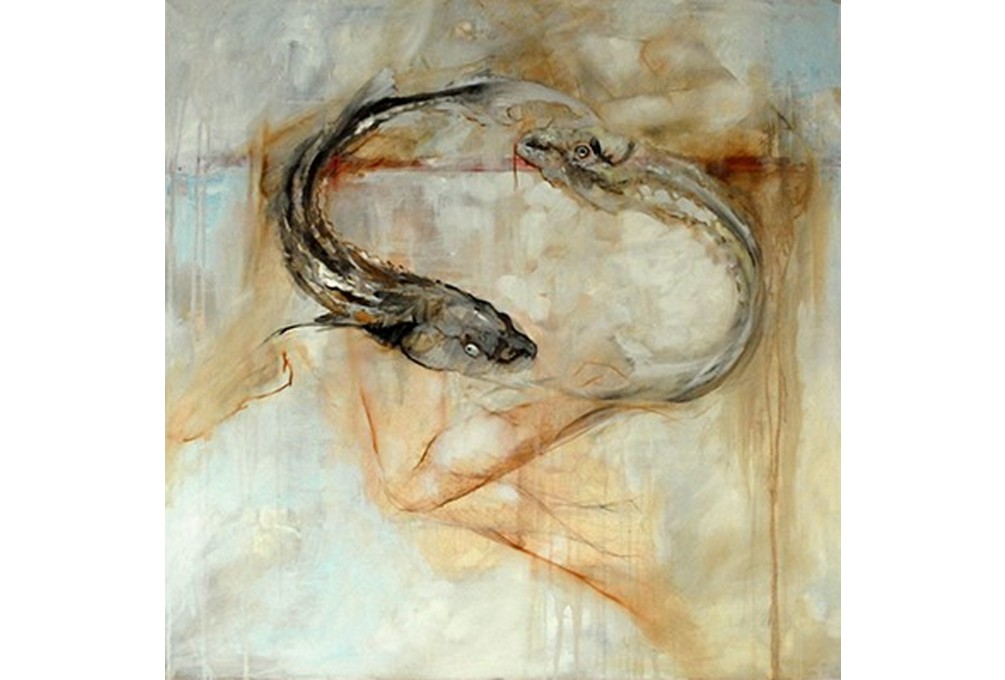
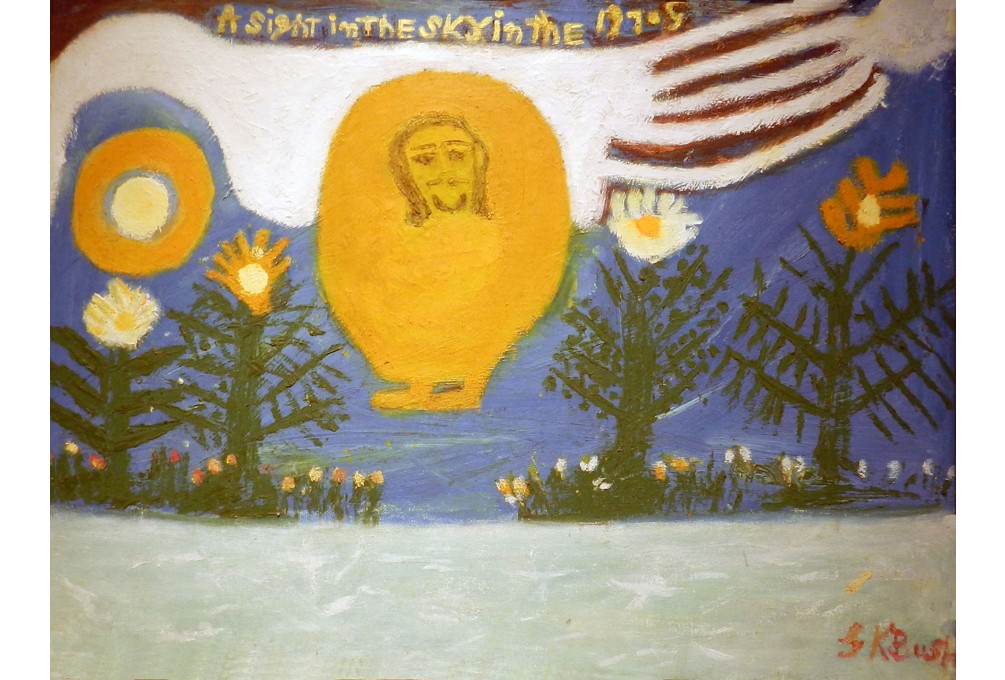
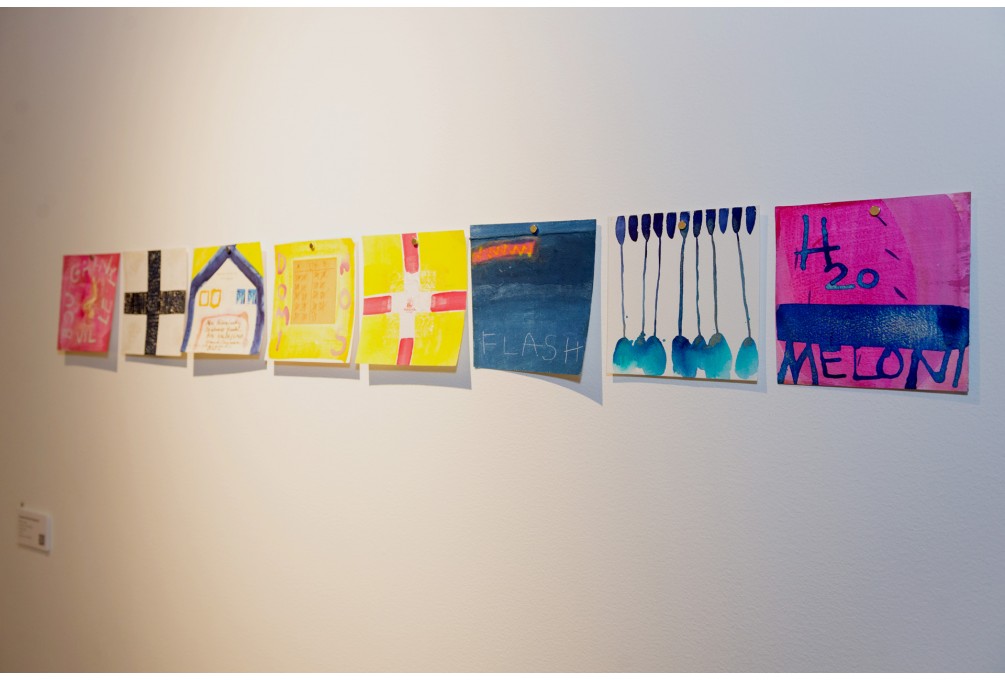
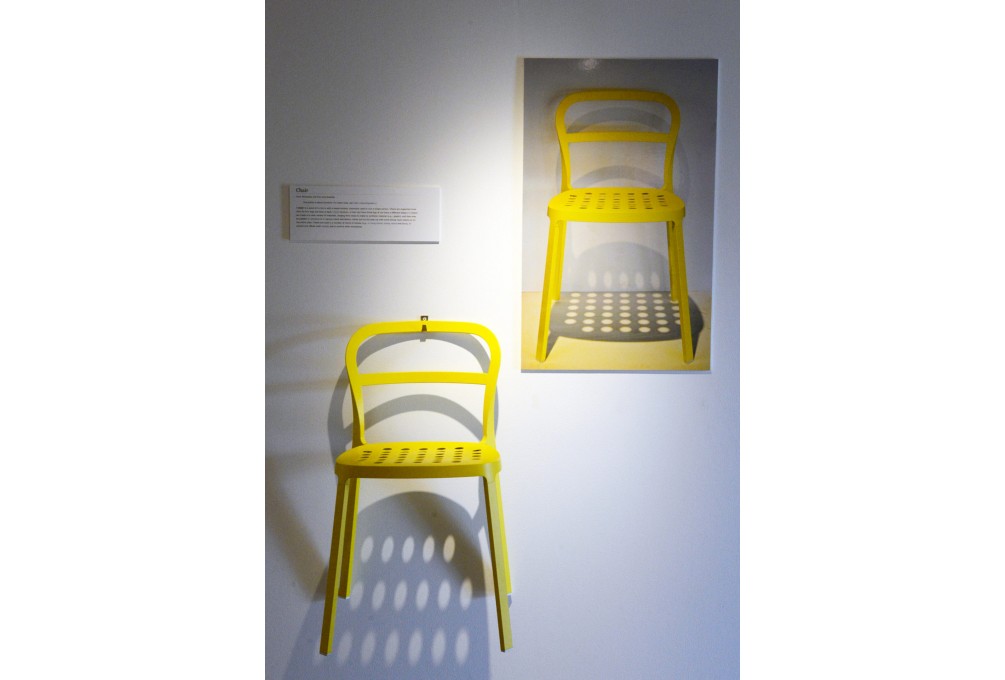
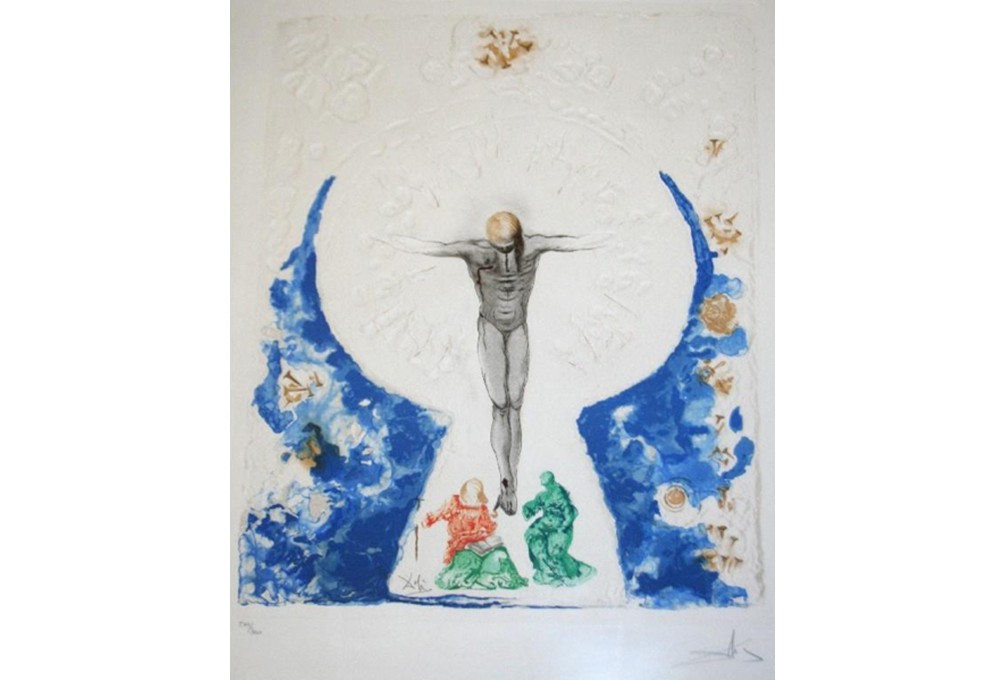
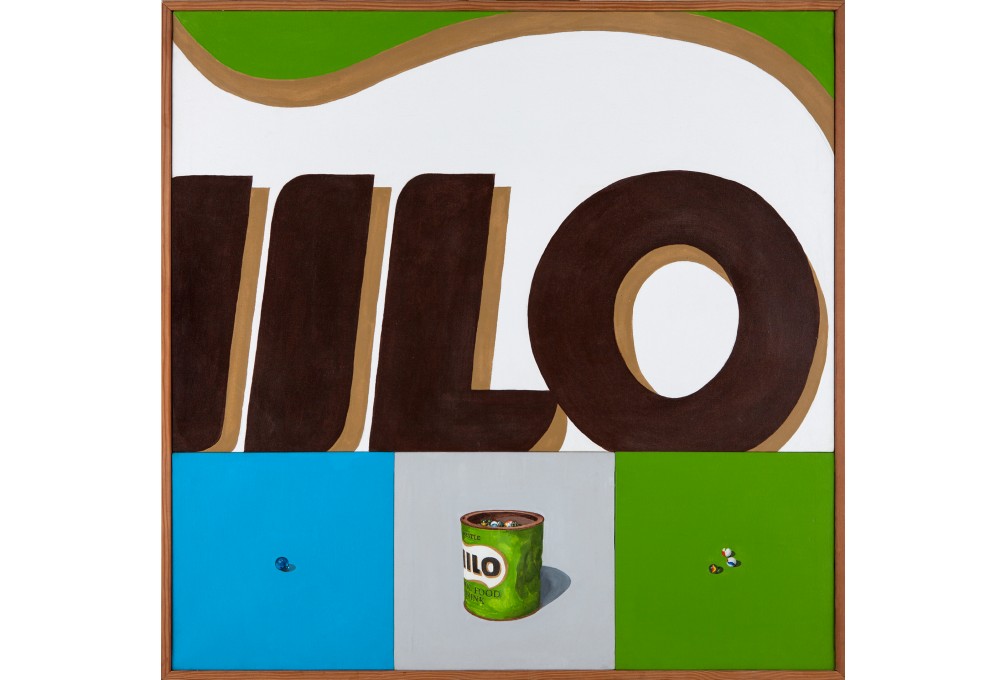
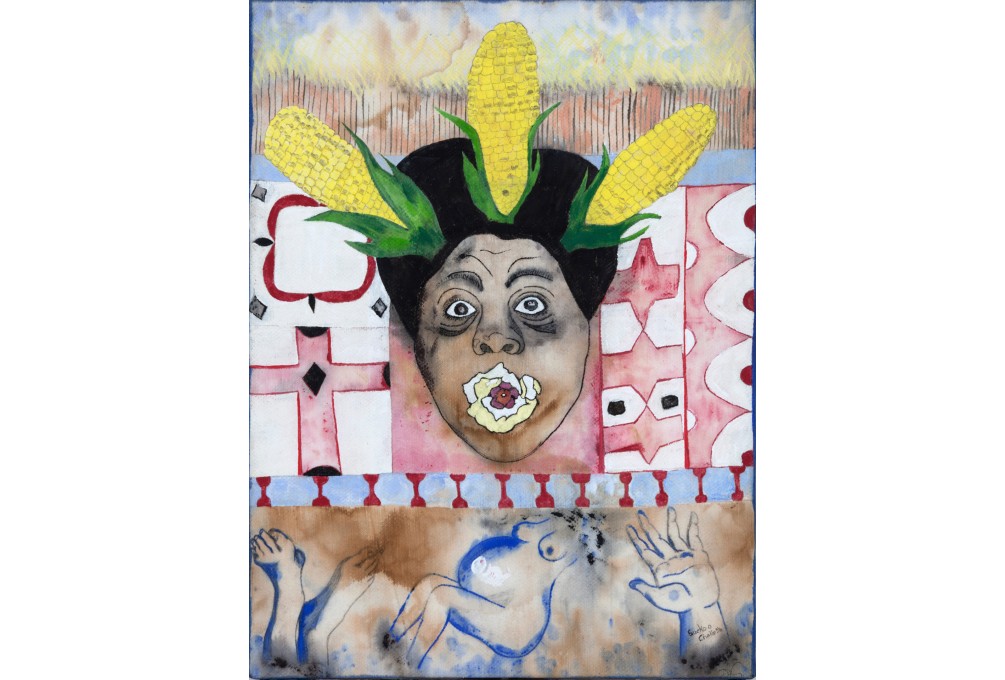
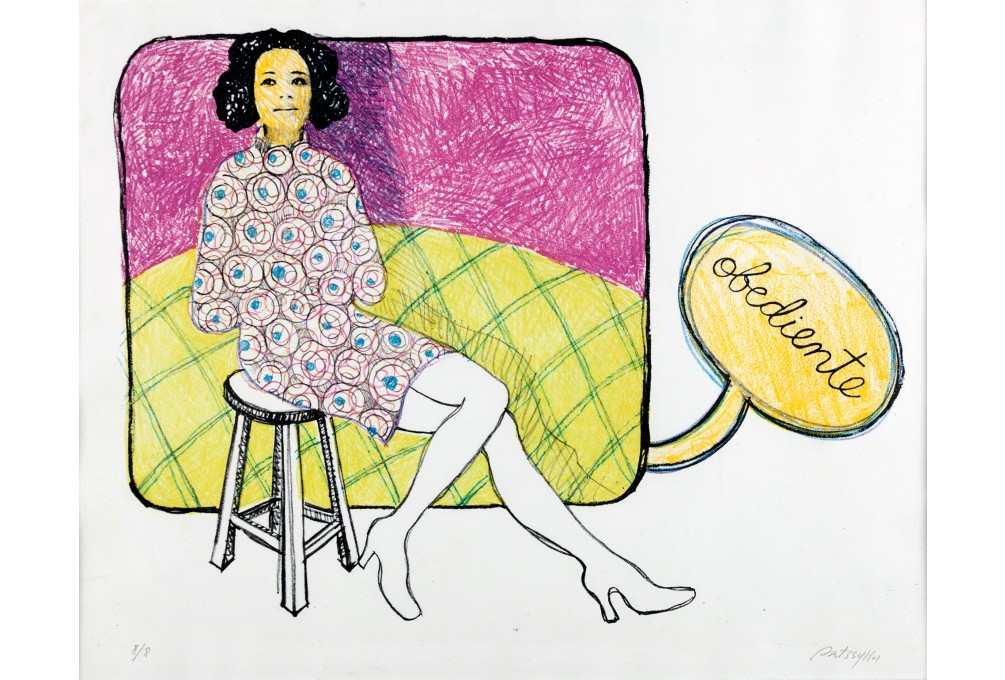
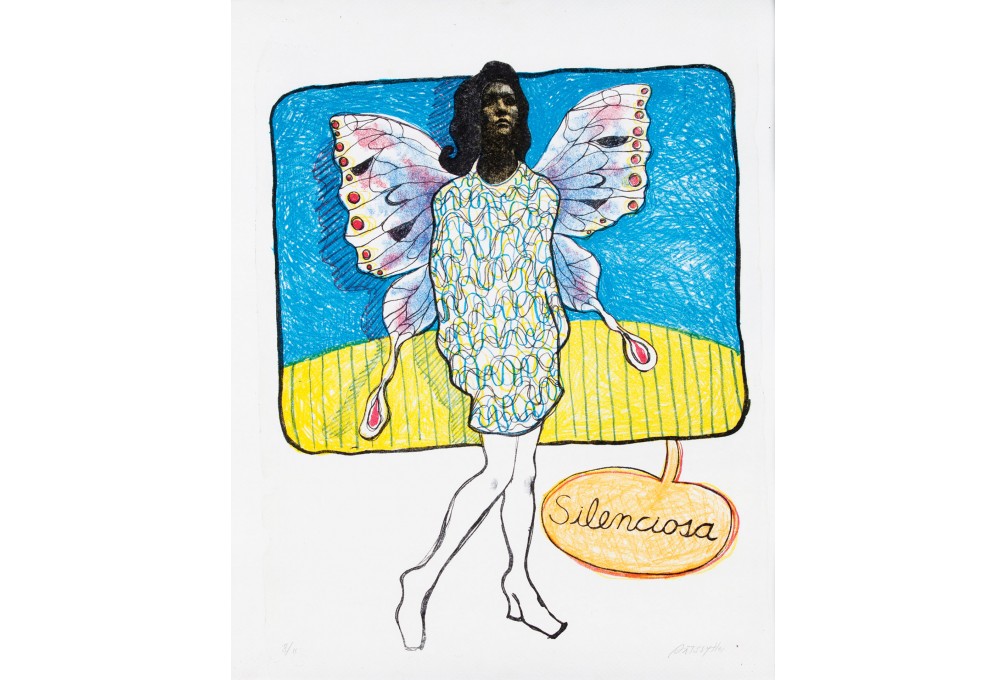
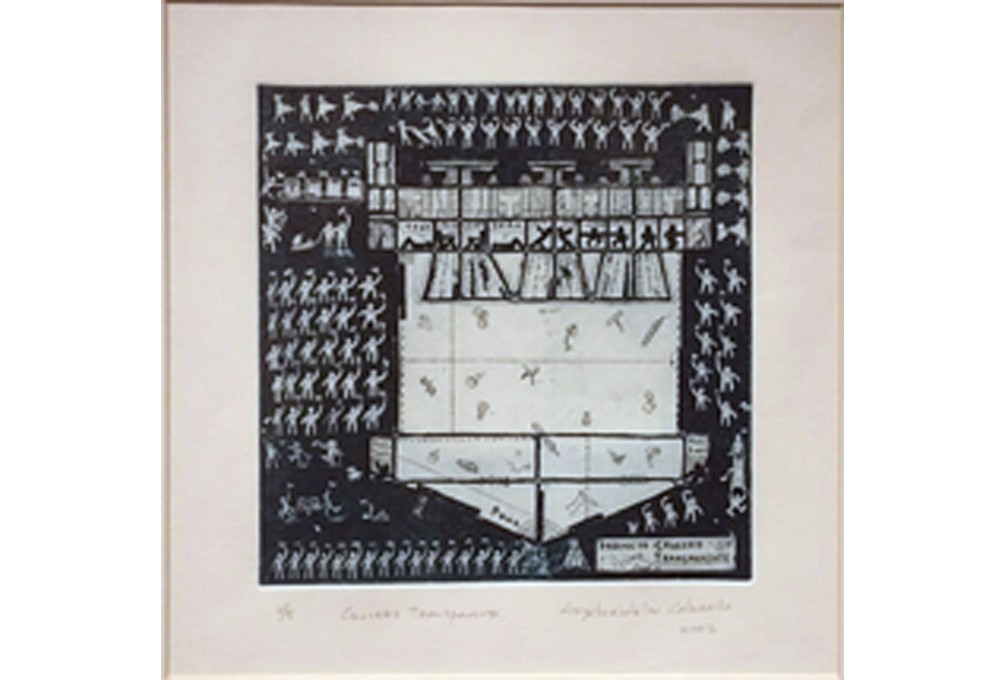
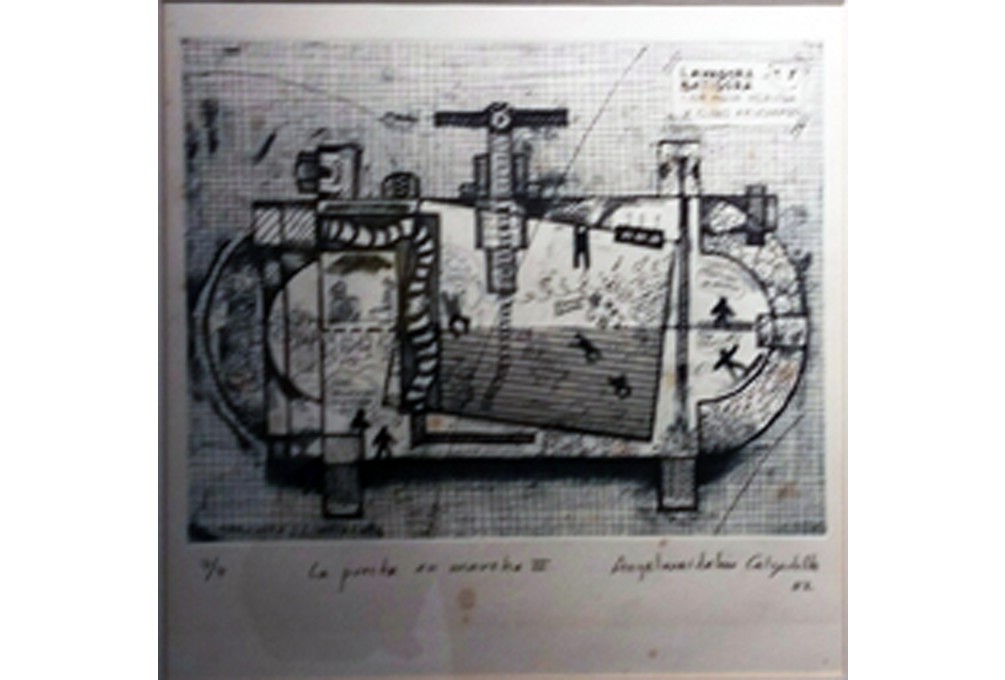
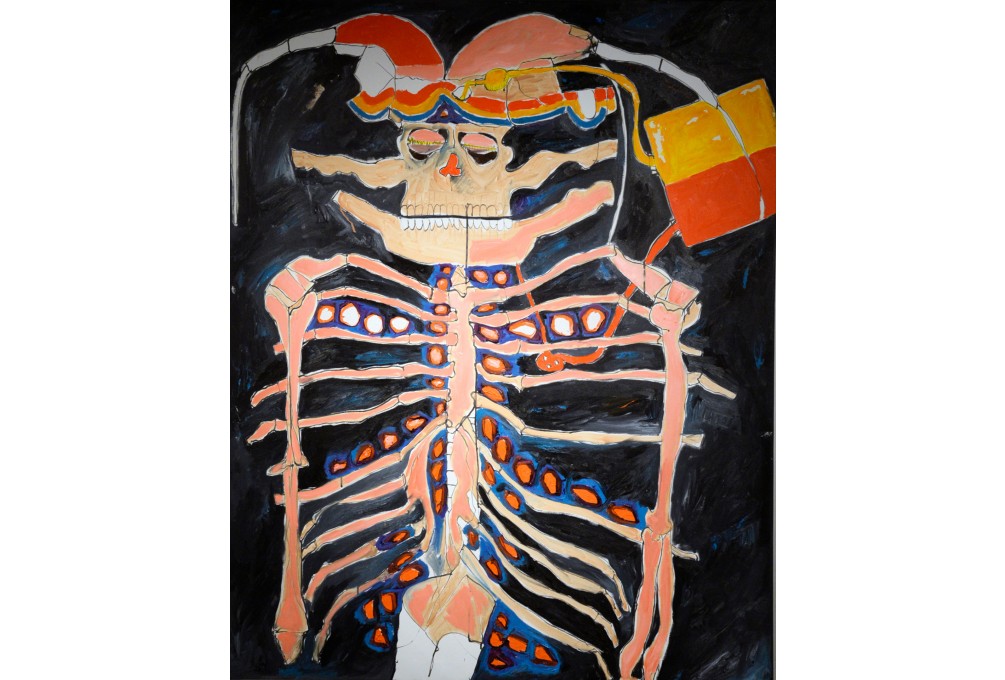
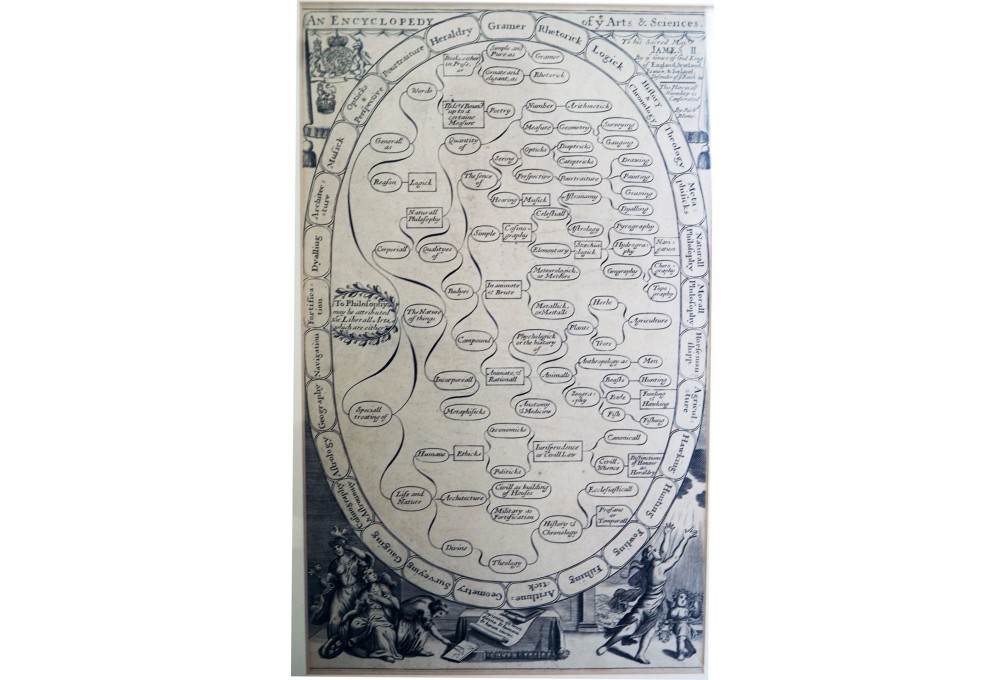
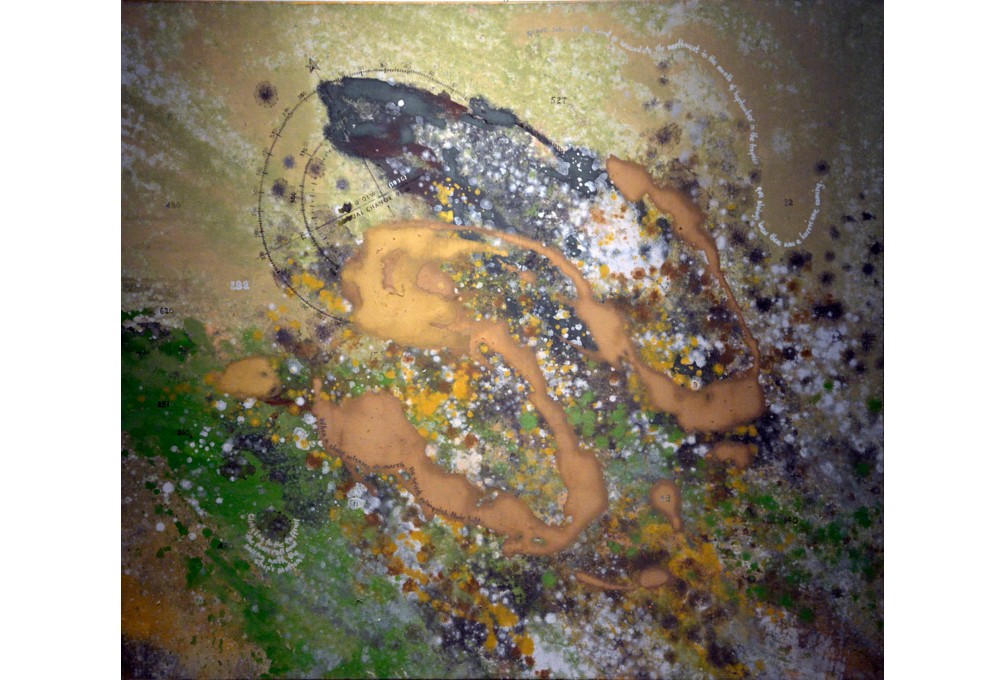
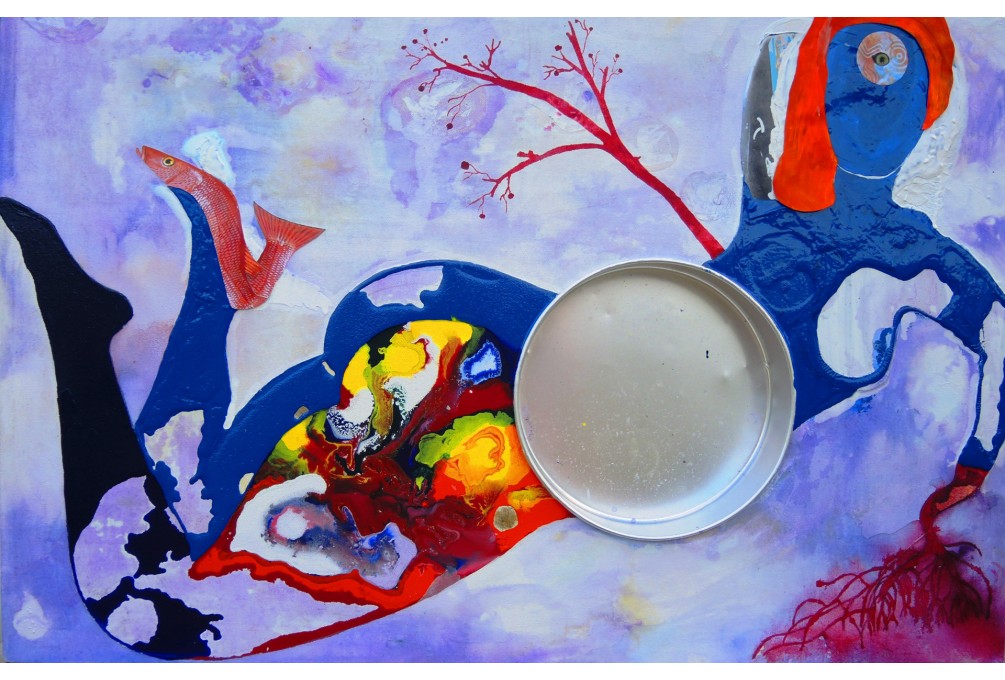
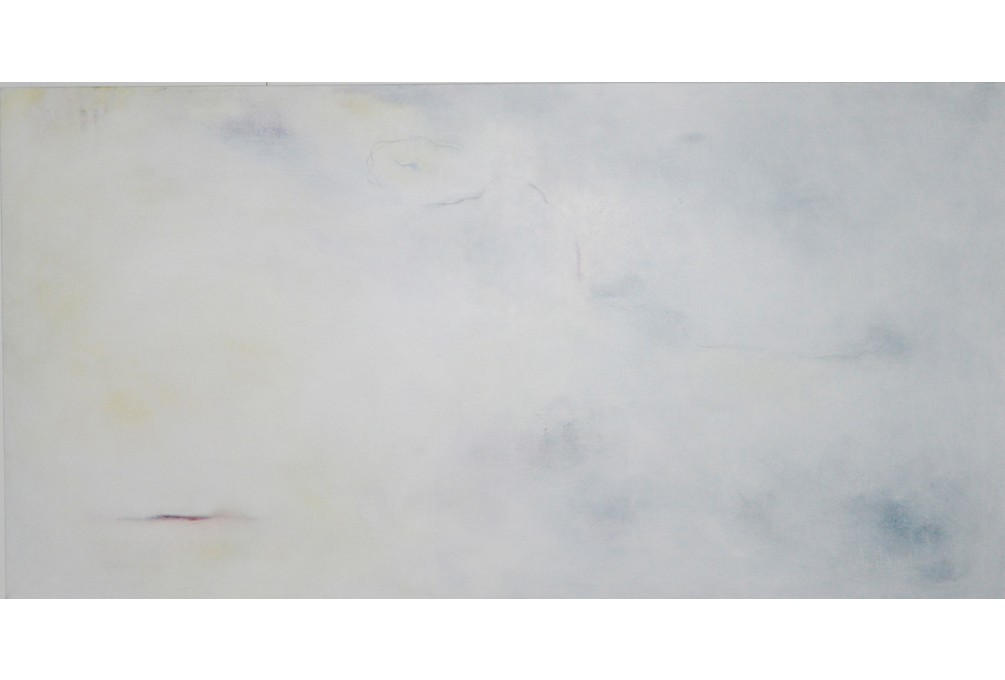
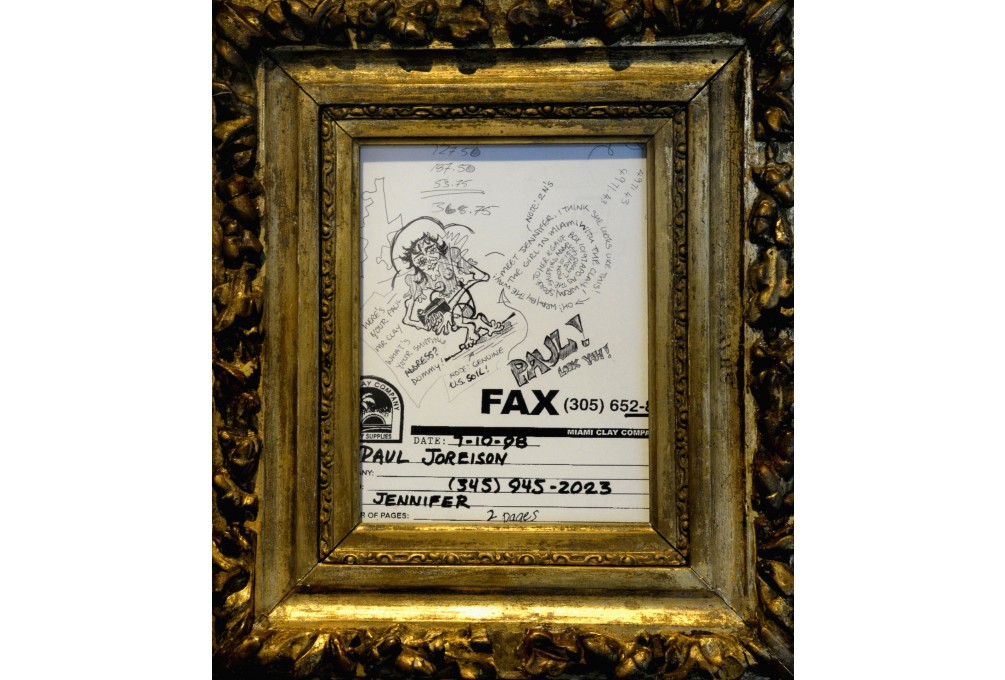
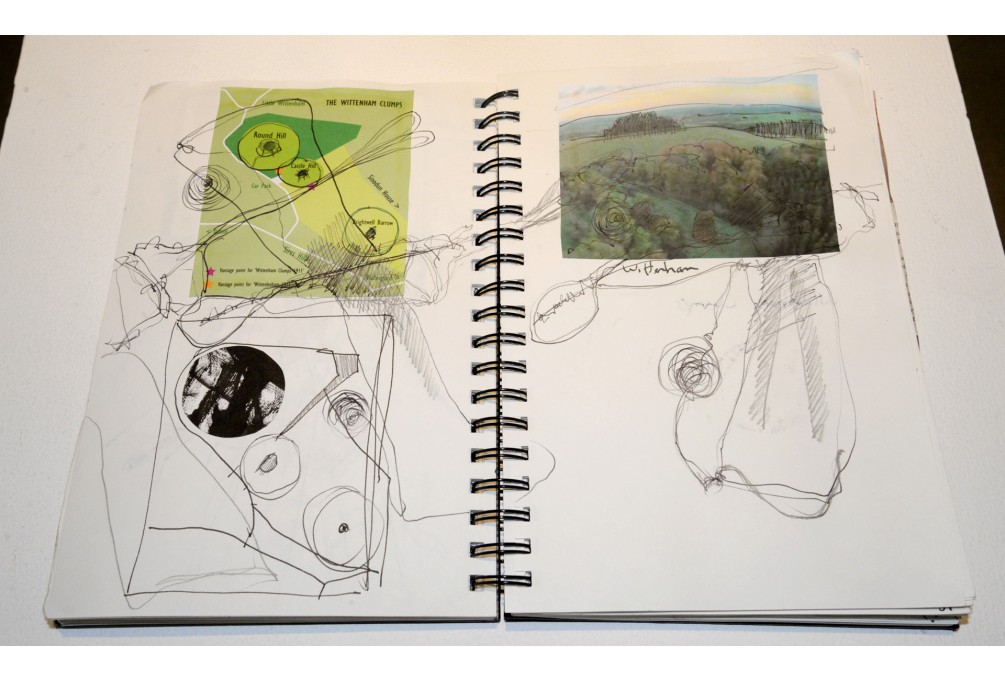
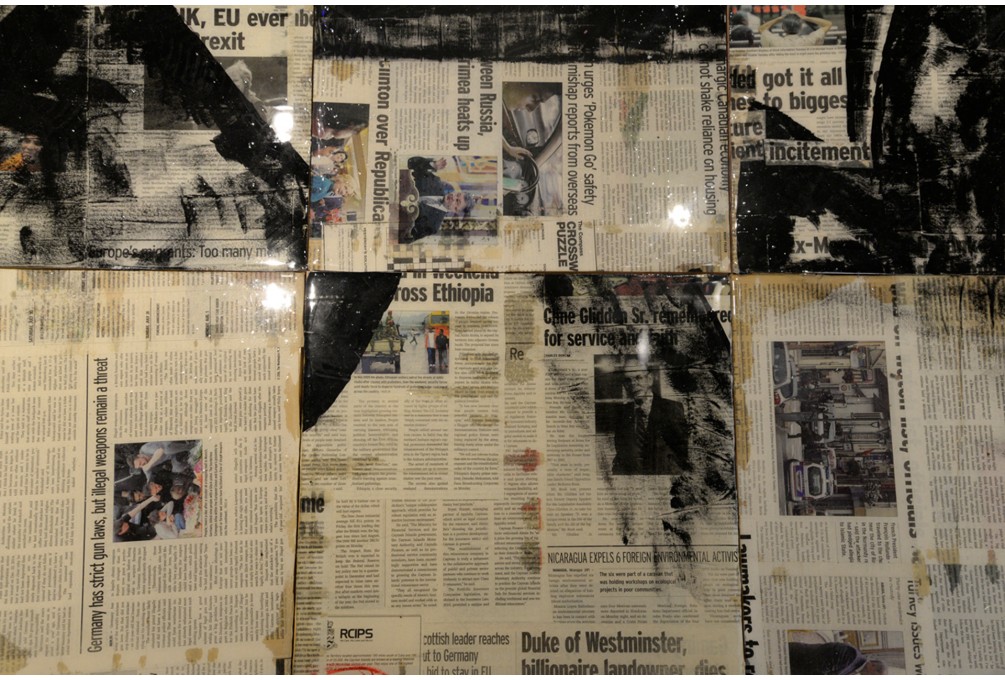
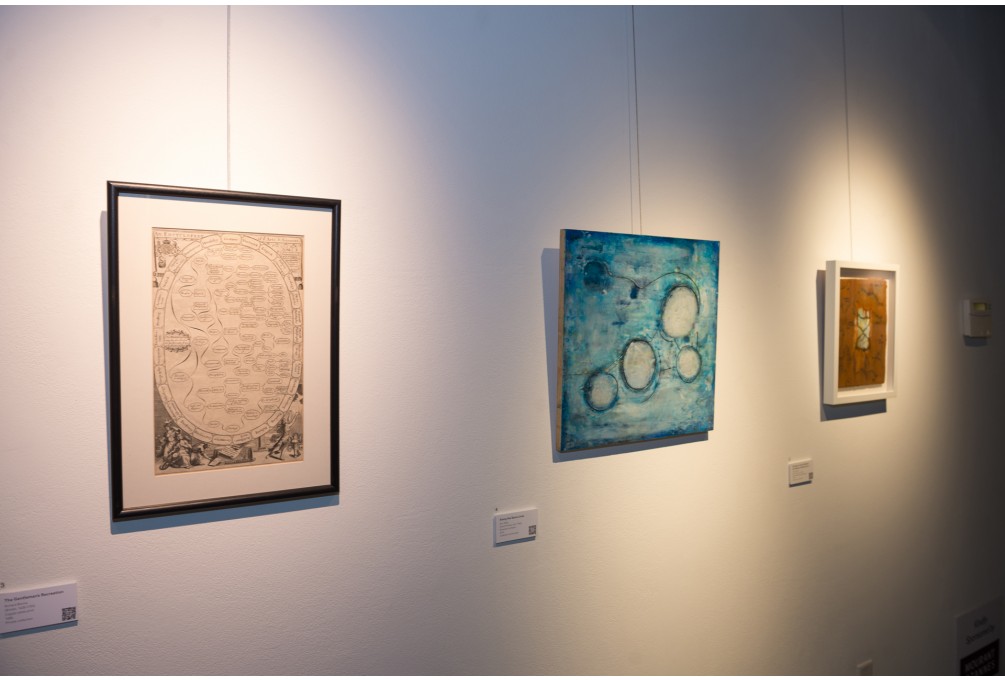
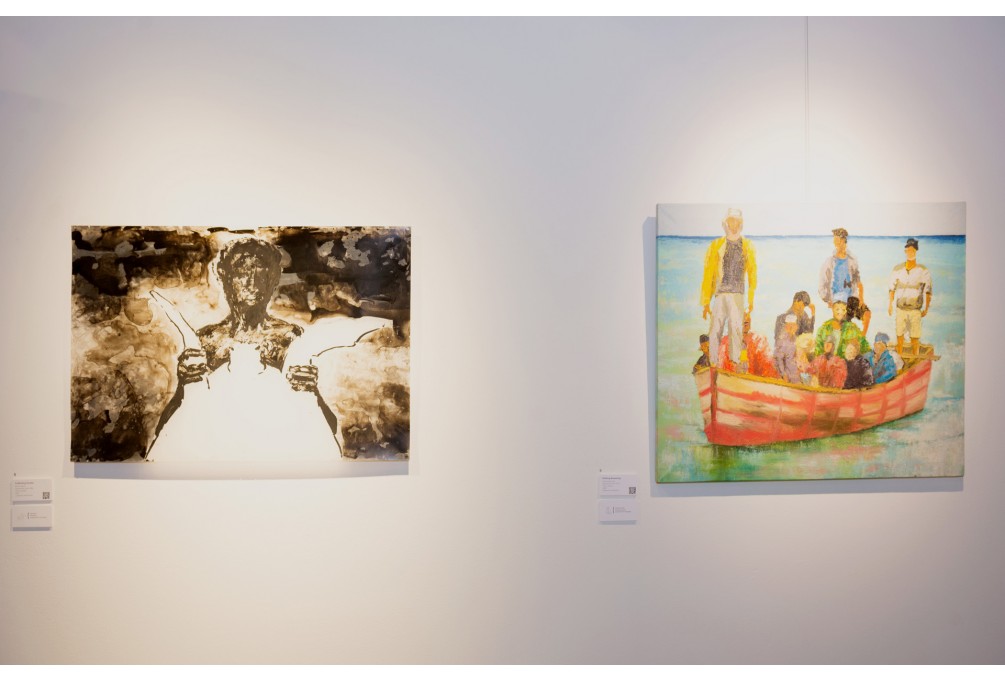
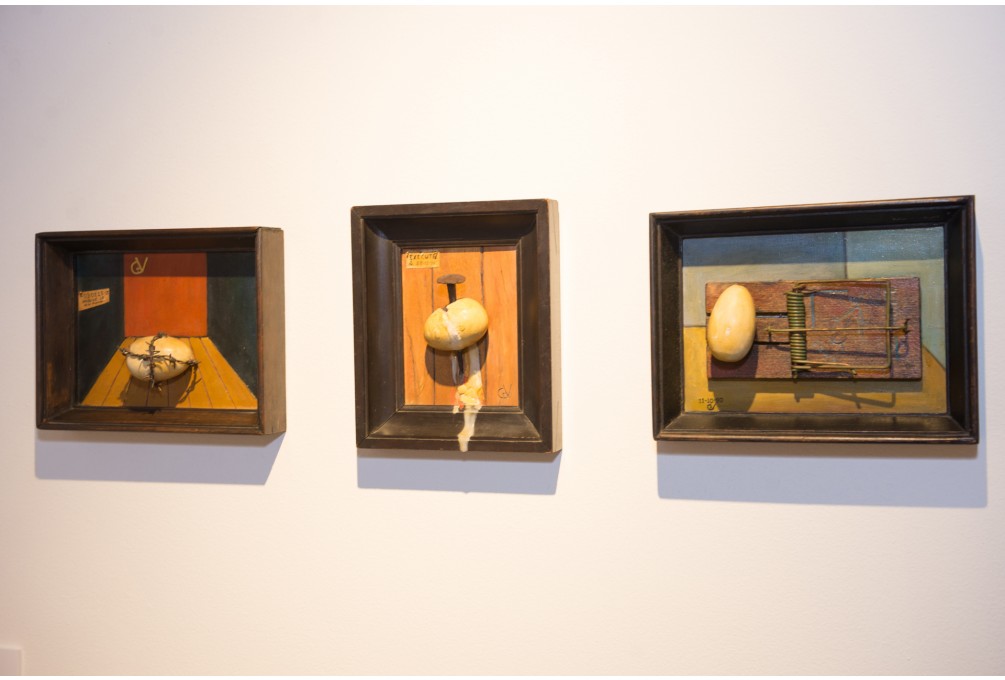
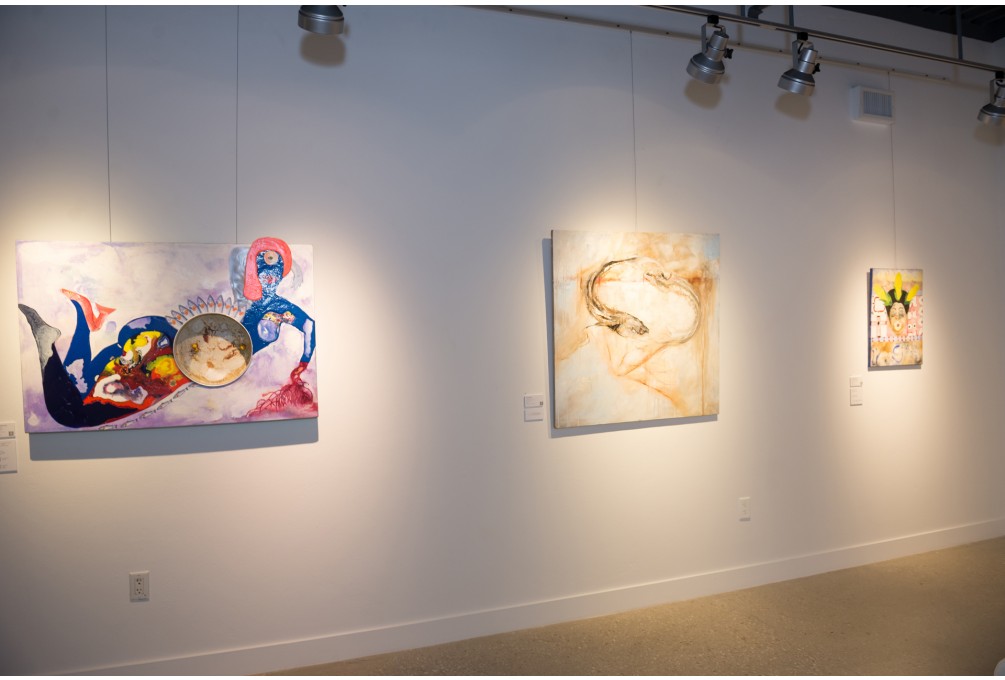
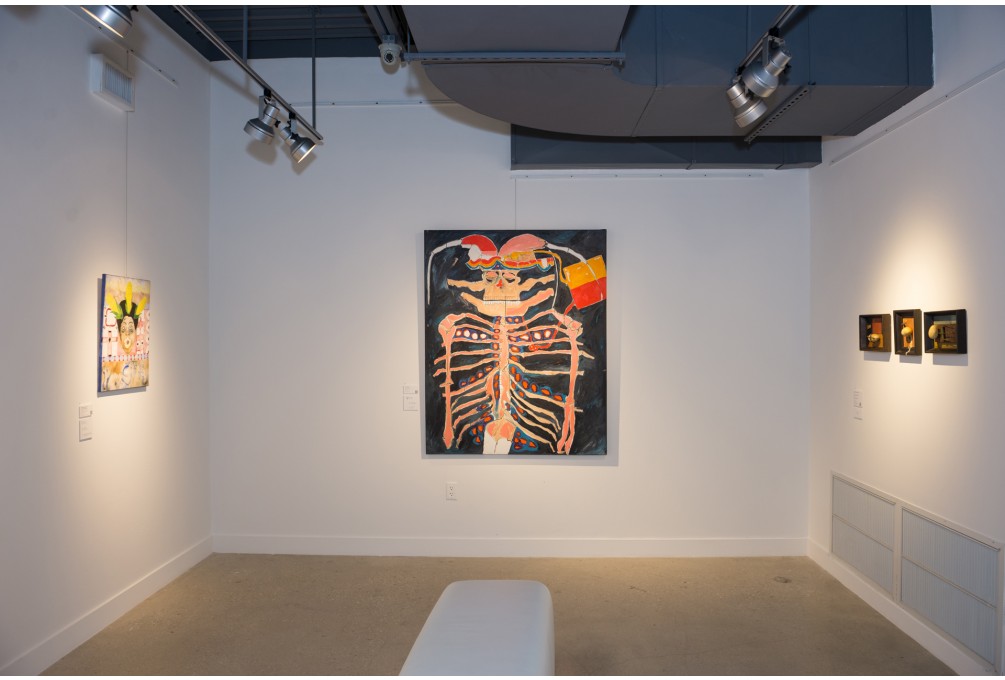
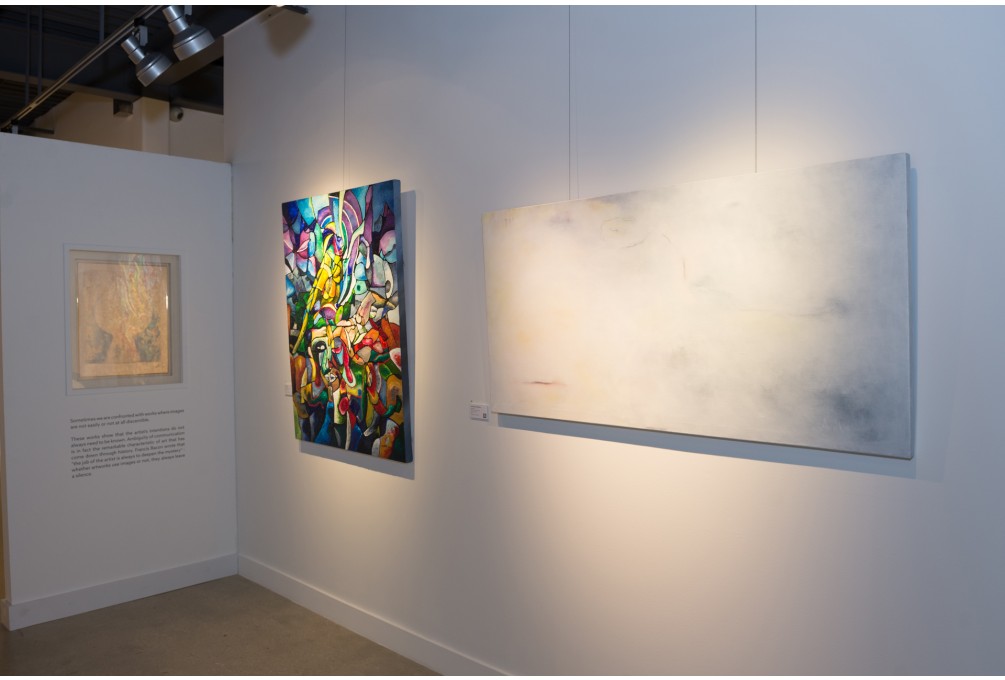
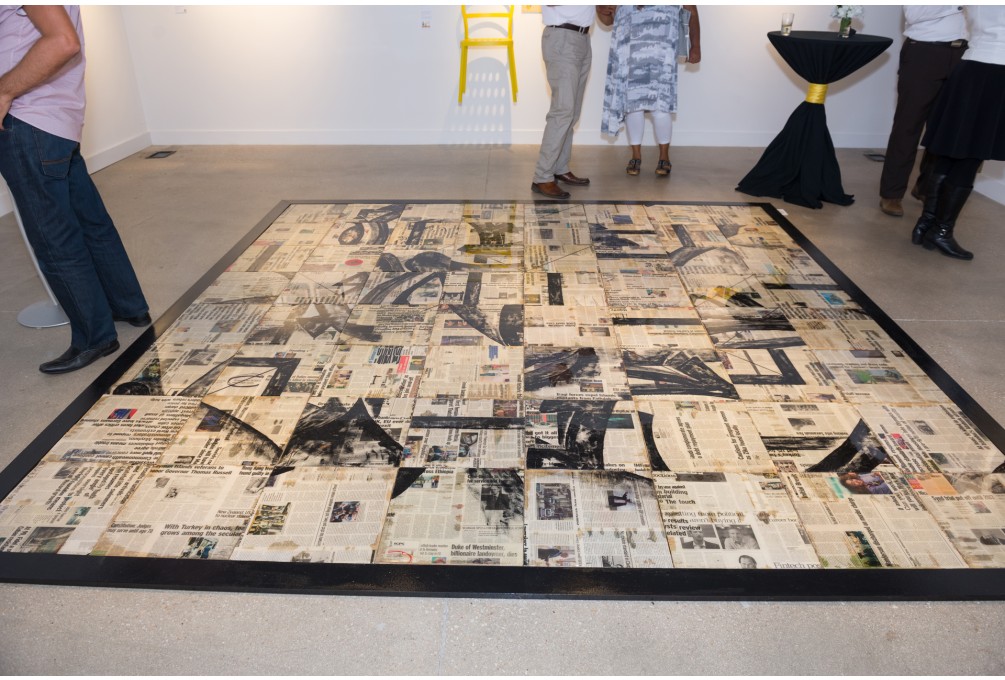
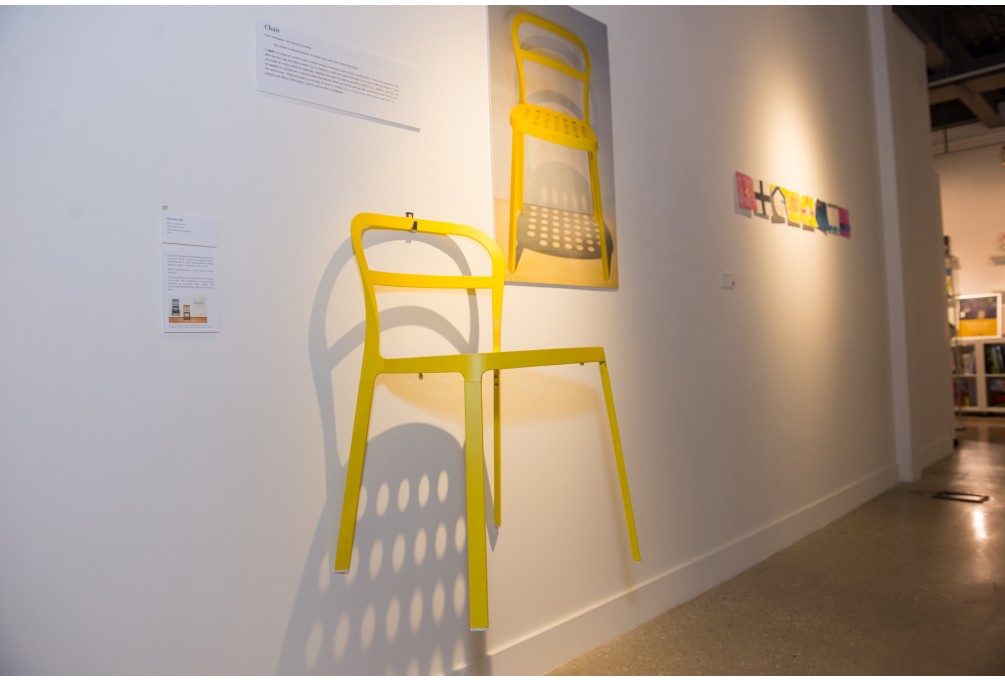
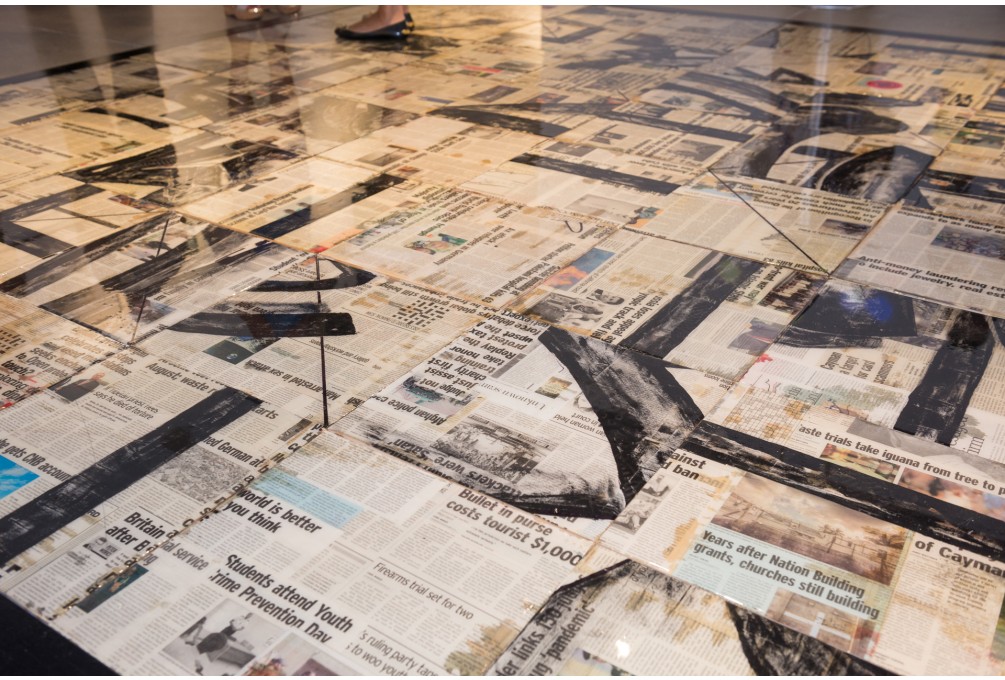
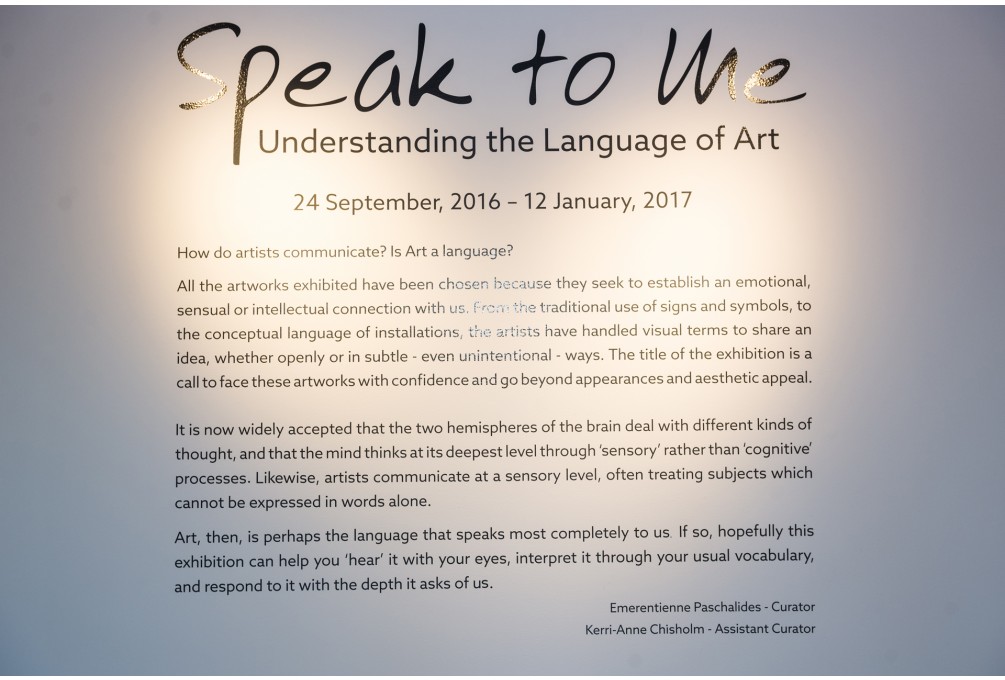
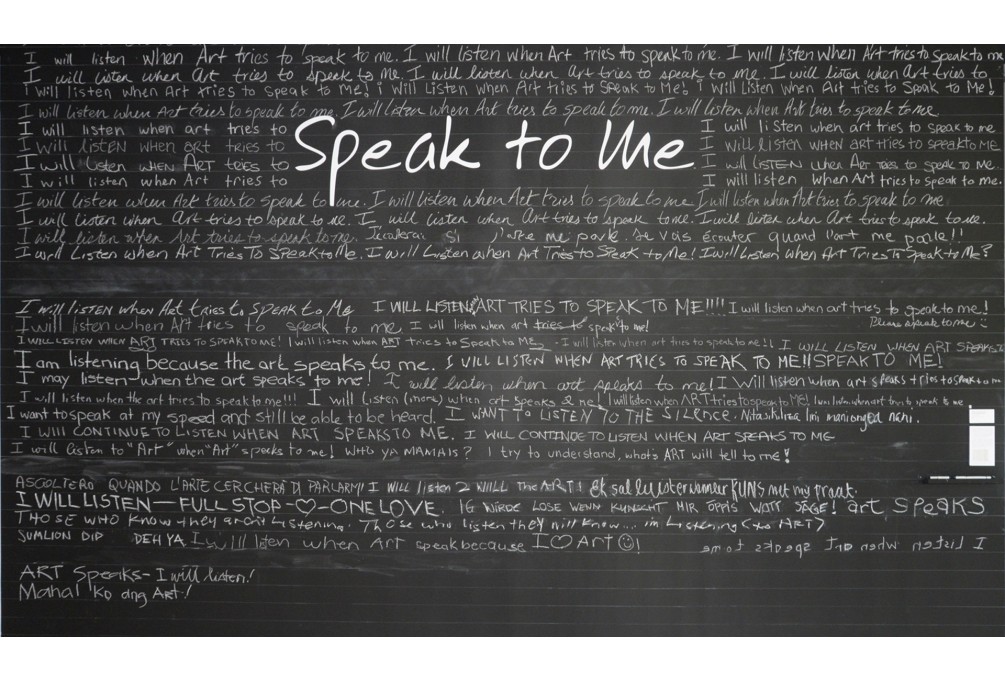
Exhibition
Curated by Emérentienne Paschalides and sponsored by the Cayman office of leading law firm, Mourant Ozannes, Speak to Me – Understanding the Language of Art was an unusual examination of art as a language and the visual “dialects” we encounter, from paintings of the past to avant-garde artificial intelligence.
This was the first time that the National Gallery utilised online interaction with digital art and QR codes where visitors were able to unlock information using their smartphones. “This is an exciting new way for visitors to engage with works of art, learn about artists and experience the National Gallery in a very twenty-first-century style,” explained the exhibition’s curator Emérentienne Paschalides.
The exhibition explored whether art is a language and, if so, how do we understand the language of artists. The title takes its name from the Museum of Modern Art’s (MoMA) 1991 exhibition, Talk to Me, which explored design and objects and whether things talk to us: openly, actively, or in subtle, subliminal ways. Paschalides explained, “The title of the National Gallery’s exhibition, Speak to Me, is a call to facing art and all it expresses fearlessly, with the certitude that there is an idea in each work that real artists always seek to share, and that we should never refrain from finding, developing or even inventing. The show hopes to remind us what art history has demonstrated — that great works do not just communicate at a cultural level but transcend the particular to speak to our common humanity and help us think.”
Works featured came from private and public collections from both Cayman and non-Cayman artists. Paschalides also invited a handful of Cayman artists to create new works, including Wray Banker, Randy Cholette, Nasaria Suckoo Chollette, Pippa Ridley, Simon Tatum, and William Verhoeven to explore how artists communicate, from the traditional language of sign and symbol to the language of abstraction and conceptual installations.
Speak to Me invited visitors to respond in a very participatory and playful way: for example, visitors were invited to write down on the wall the promise to engage better when viewing art. Another exhibition highlight was an interactive digital art piece entitled Synesthesia (2016). Members of the public typed words on a tablet and these were transformed into a digital composition projected onto the wall, which featured both colours and shapes. Depending on the mood of one’s words and opinions, the work became more vibrant or more muted, adding glistening spots to the collective composition of previous visitors. Sounds were also dynamically generated to synchronize with the biomorphic forms and became a musical counterpart to the visual work. Depending on users’ input, the resulting sound and light show became an exhilarating creative experience.
These light interactive moments throughout the show were countered by serious fare, such as David Bridgeman’s Last Tango, an imposing and intimidating painting about death; Nasaria Suckoo Chollette’s work The Women Have Become the Truth on Apartheid, a crucifixion by Salvador Dalí; and images by Cuban artist Anyelmaidelin Calzadilla Fernandez on the theme of oppression. Despite these dark subject matters, redemption was never far off. “We all share the same feelings about our existence and question what being human means,” said the curator “and sometimes there are no words to communicate these existentialist open-ended questions. Each piece of art is thus a glimpse into someone’s soul”.
Featured Artists
Wray Banker, Randy Chollette, Nasaria Suckoo Chollette, Pippa Ridley, Simon Tatum, and William Verhoeven.
